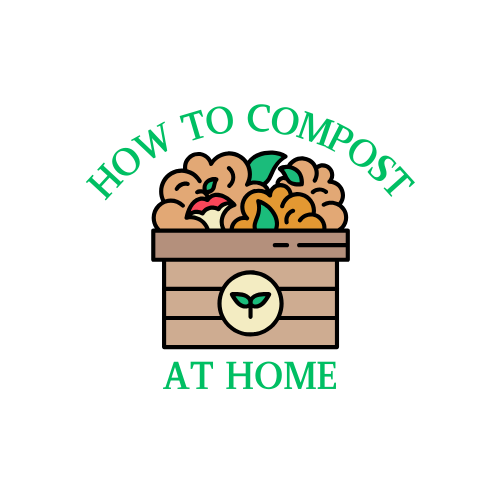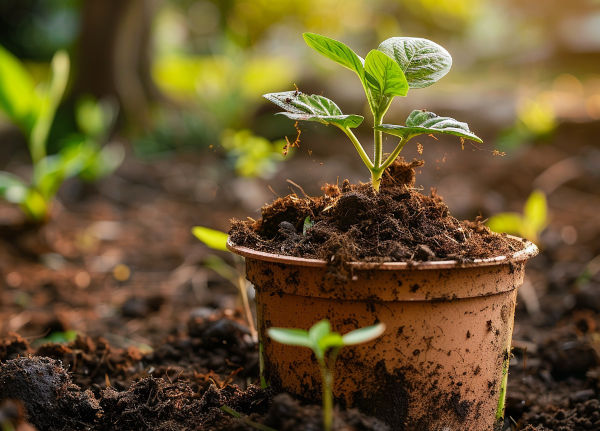Compost is a versatile resource with numerous applications in gardening, landscaping, and agriculture. Understanding how to effectively use compost can maximize its benefits and contribute to sustainable soil management practices. Let’s explore the diverse applications of compost:
Garden Composting:
Compost is invaluable for garden soil improvement and plant health. Incorporate compost into garden beds to enhance soil structure, fertility, and nutrient content. Apply compost as mulch around plants to suppress weeds, retain moisture, and condition the soil. Spread compost over the soil surface to provide a nutrient boost and support healthy plant growth. Mix compost into potting mixes or soil amendments to increase organic matter content and improve soil health.
Landscaping with Compost:
Compost plays a vital role in landscaping projects, offering benefits for soil conditioning and plant establishment. Incorporate compost into planting holes or spread it over lawns and turf to improve soil quality and support plant growth. Use compost to replenish nutrients in soil and promote balanced nutrient cycling in landscaping beds. Apply compost to improve soil water retention, reducing irrigation needs, and enhancing plant resilience. Boost soil microbial diversity and activity by adding compost, which supports beneficial microorganisms essential for plant health.
Agricultural Composting:
In agriculture, compost offers significant benefits for soil fertility, crop production, and water management. Incorporate compost into agricultural soils to improve soil structure, moisture retention, and nutrient availability. Apply compost as a natural fertilizer to boost crop yields, enhance plant vigor, and improve overall crop quality. Utilize compost to increase soil water retention, reducing irrigation demands, and enhancing drought resilience.
Maximizing Compost Benefits:
To maximize the benefits of compost in various applications, consider the following composting strategies:
- Use high-quality compost to ensure optimal results and avoid potential contaminants.
- Follow recommended application rates based on soil testing and specific crop requirements.
- Incorporate compost into integrated pest management strategies to promote soil health and reduce reliance on chemical inputs.
- Regularly monitor soil moisture, nutrient levels, and plant health to adjust compost application and management practices as needed.
| Application | Description |
|---|---|
Garden Soil Amendment |
Mixing compost into garden beds to improve soil structure, fertility, and water retention. |
Mulching |
Applying compost as mulch around plants to suppress weeds, retain moisture, and regulate soil temperature. |
Topdressing |
Spreading compost over the soil surface to replenish nutrients and promote healthy plant growth. |
Landscaping Soil Conditioning |
Incorporating compost into planting holes or spreading it over lawns and turf to improve soil quality. |
Nutrient Cycling |
Using compost to replenish nutrients in depleted soils and promote balanced nutrient cycling. |
Agricultural Soil Amendment |
Incorporating compost into agricultural soils to enhance soil structure, moisture retention, and nutrient availability. |
Crop Yield Improvement |
Applying compost as a nutrient-rich fertilizer to promote healthy plant growth and increase crop yields. |
Water Retention Enhancement |
Using compost to improve soil water retention and reduce irrigation needs. |
Soil Microbial Activity |
Enhancing soil microbial diversity and activity by adding compost, which supports beneficial microorganisms. |
By utilizing compost effectively in gardens, landscaping, and agriculture, individuals and communities can enhance soil health, promote plant growth, and contribute to a more sustainable environment.

